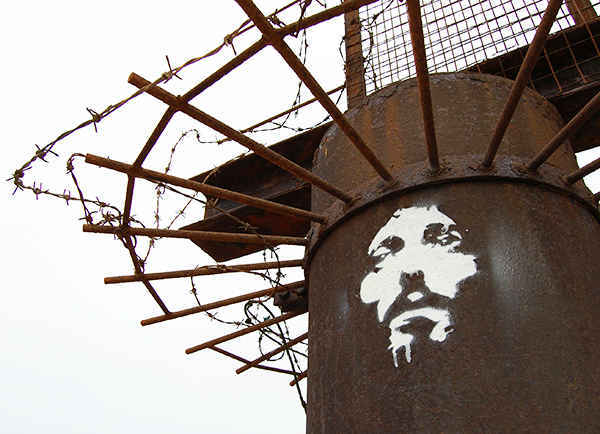10 reasons why graffiti is art

Here are ten reasons why graffiti can be considered art:
Innovative Expression
Graffiti artists showcase innovative expression through diverse techniques and styles, reflecting their unique vision and creativity.
Personal Expression
Graffiti serves as a platform for artists to express personal thoughts, emotions, and viewpoints on societal, political, and cultural matters.
Visual Appeal
Graffiti pieces often captivate with their visual allure, featuring intricate designs, vivid colors, and imaginative compositions that demonstrate exceptional artistic prowess.
Community Engagement
Graffiti fosters community engagement as artists collaborate, receive feedback, and connect with local residents, enriching the cultural fabric of neighborhoods.
Urban Enhancement
Graffiti can beautify urban landscapes by transforming dull walls and structures into dynamic art pieces that invigorate and enliven city spaces.
Cultural Significance
Graffiti reflects the historical and cultural identity of communities, preserving narratives and symbols that hold meaning and relevance for future generations.
Pushing Boundaries
Graffiti challenges traditional artistic norms by reclaiming public spaces and democratizing creative expression, often defying authority and sparking social dialogue.
Technical Skill
Many graffiti artists demonstrate advanced technical skills, mastering techniques like detailed stenciling, precise line work, and expert manipulation of spray paint.
Influence and Inspiration
Graffiti’s influence extends beyond its origins, shaping contemporary art movements like street and urban art while inspiring artists across diverse mediums.
Catalyst for Discourse
Graffiti provokes critical thinking and dialogue, igniting conversations about censorship, public space, and the societal role of art.













